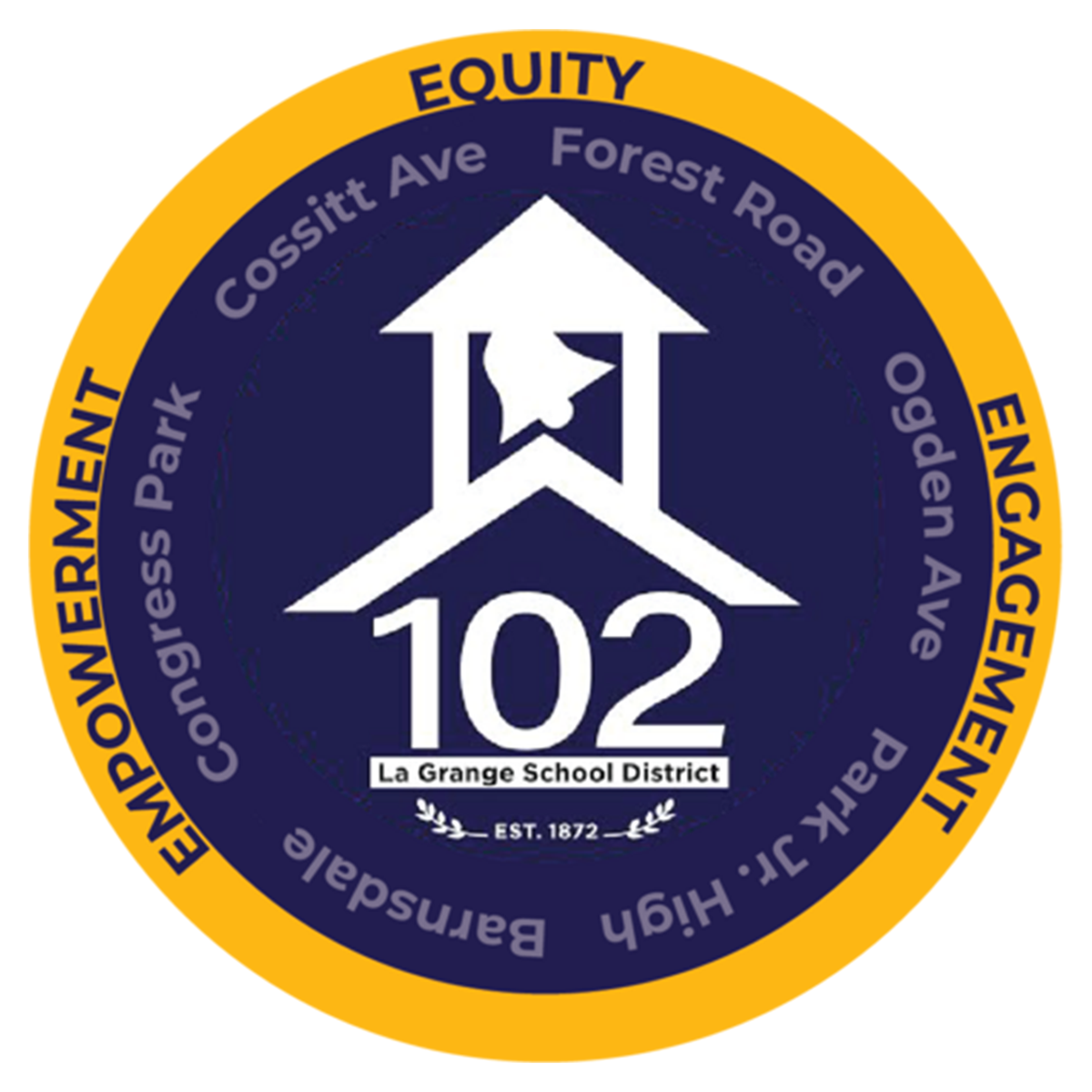During October, the National Bullying Prevention Month, D102 schools and classrooms engage in a variety of activities designed to bolster a sense of belonging and to decrease bullying.
What is Bullying?
While the legal definition of bullying can be found in our Board Policy, when speaking with children, teachers simply define bullying as “unwanted, hurtful, and repeated or severe behavior between people of differing power levels. Bullying has the intent to cause physical or emotional harm.”
Our core SEL programs include lessons designed to build a caring and inclusive learning community where bullying does not flourish. These programs also help to clarify what bullying is and provide students with skills to refrain from and refuse bullying.
At some point this month, teachers of younger students will talk with their students about the difference between behavior that is mean, rude and bullying. For older children, they will discuss the difference between a bullying situation and a conflict. A conflict is a disagreement between two or more peers, often they are generally friendly with one another and have an equal sense of power. Bullying, on the other hand, is repeated or severe targeting of someone with an intent to harm.
The Role of the Bystander
Research tells us that when witnesses take an active role in responding to bullying, these behaviors decrease. One of the main ways that witnesses can help is by reporting what they saw or heard about. Although teachers discourage tattling, which is generally designed to get someone in trouble, they encourage reporting, which is designed to get someone out of trouble or to keep them safe. While we encourage students to speak directly to a teacher or another trusted adult at school, we also provide an anonymous online tip line on our website that students or families can use to report any unsafe behavior, including bullying.
School administrators take bullying seriously and respond promptly to reports of possible bullying. The goal is that bullying behavior stops, and harm is repaired. If there are any concerns, please reach out to your child’s school.
Read more about how D102 creates a sense of belonging here: https://www.dist102.k12.il.us/article/1819724

